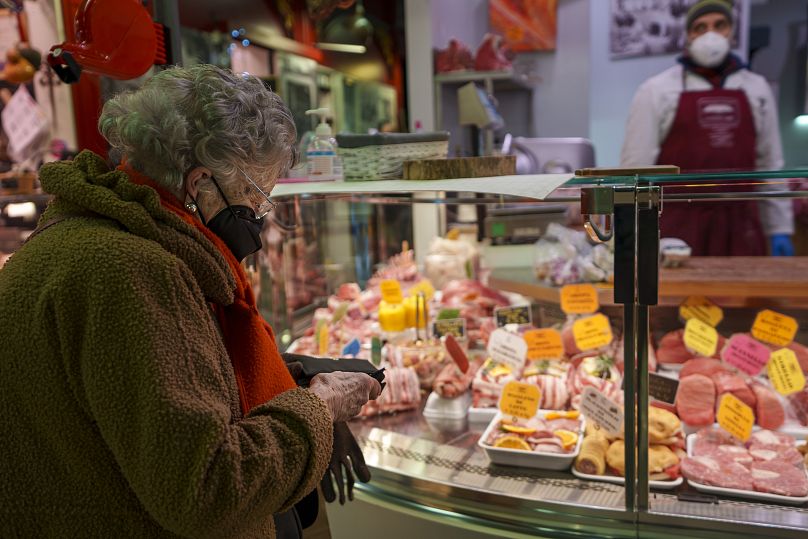
There are now over 5.6 million Italians who cannot afford the cost of bare essentials like food, shelter, education and healthcare, according to a recent report by ISTAT.
The number of Italians living in “absolute poverty” has risen dramatically over the past 10 years, according to a new report published by the country’s national statistics institute, ISTAT.
Nearly 1 in 12 Italians lived in absolute poverty last year, meaning that 5.67 million individuals and 2.18 million families had an income below a level that would ensure they and their family meet basic needs of life including food, shelter, education and healthcare.
That’s up sharply – several percentage points – in just a few years.
According to ISTAT, the reason for this climb in the poverty rate is mostly due to the rise in inflation in the country, which in 2022 surged by an estimated 8.7%. In September 2023, the latest data available, inflation was 5.3% – much lower than last year, but still higher than the European Central Bank’s target of close to, but below, 2%.
Crucially, the rise in the cost of living impacted lower-income families more significantly than wealthier ones. The government’s support towards families struggling to pay their energy bills last year is estimated to have kept the poverty rate lower than it could have been would these measures had not been implemented.
Who are Italy’s poor?
What it means to be poor in Italy can change dramatically across the country, reflecting the existing north-south divide.
Italian economist Tito Boeri said that “absolute poverty” in Italy can be calculated to mean earning less than €817.56 per month after taxes if you live in a city in the north; earning less than €733 each month after taxes if you live outside of a city in the north; and earning less than €554 per month after taxes if you live outside of a city in the south.
Italians in the south are also among the majority of the country’s poor. According to the ISTAT’s latest report, 10.7% of all poor families in Italy live in the south, with a total of 2,038,000 poor individuals and 699,999 poor families considered to be in absolute poverty.

By contrast, some 1,832,000 poor individuals and 609,000 poor families live in the north (7.5% of all poor families) and 871,000 poor individuals and 311,000 poor families live in the centre of the country (6.4% of all poor families).
Foreigners residing in Italy, whether that’s in the north, centre, or south, have it even worse. According to the ISTAT report, 28.9% of families with at least one foreigner are in absolute poverty, while the percentage goes down to 6.4% for Italian-only families.
Among all categories, young people are the most affected, with a sharp surge in the number of minors living in poverty. In 2022, 1.27 million minors lived in absolute poverty in Italy.
According to data from Eurostat, a total of 95.3 million people in the EU were at risk of poverty or social exclusion in 2022. Italy’s rate was above the EU average of 21.6%.

